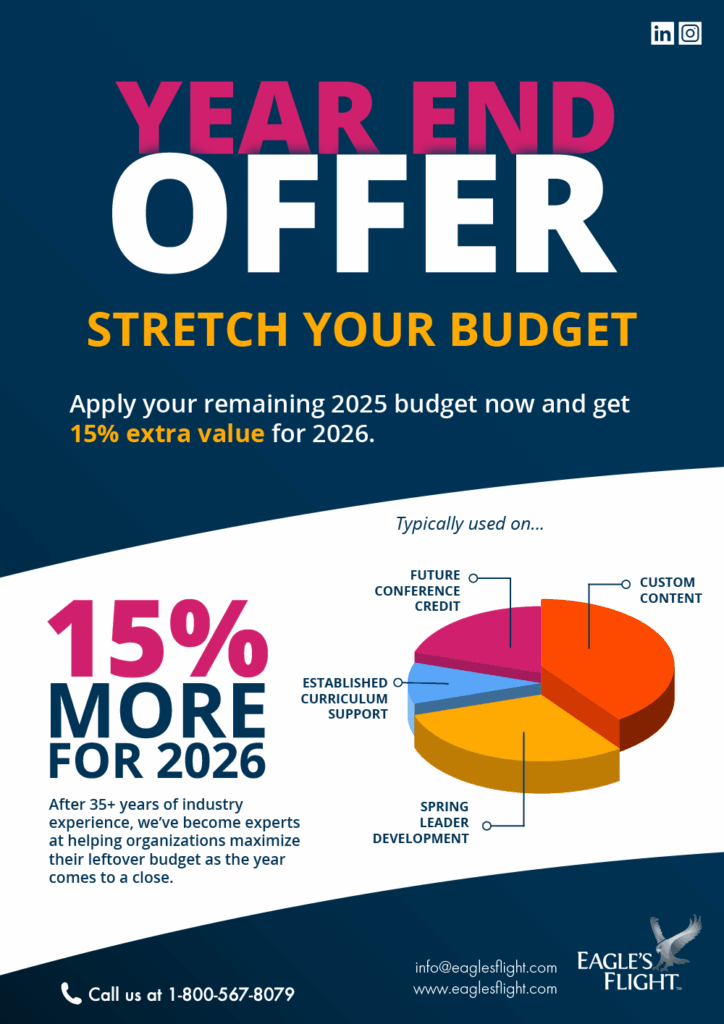How to Assess Your Organizational Culture for Transformation
Every successful culture transformation begins with a clear understanding of where you stand. Assessing your organizational culture is the first and most critical step in designing a transformation strategy that aligns with your goals and vision. Without this assessment, you’re navigating blind, risking misalignment and missed opportunities.
So, how do you evaluate your organizational culture effectively? Let’s dive into the process, the tools you’ll need, and the key insights that will set you up for culture transformation success.
Why Assessing Organizational Culture is Essential
Organizational culture is the invisible force that shapes employee behaviors, decision-making, and overall workplace dynamics. Here’s why assessing it is critical for transformation:
- Identify Strengths and Weaknesses: Understanding your culture’s strengths helps you build on what works, while identifying weaknesses allows you to address challenges before they derail transformation efforts.
- Set Clear Goals: An accurate assessment gives you a baseline to define measurable objectives and track progress.
- Engage Stakeholders: Involving employees in the assessment process fosters trust, transparency, and buy-in for the transformation.
- Tailor Your Strategy: A one-size-fits-all approach rarely works. Assessment allows you to customize your culture transformation strategies to your organization’s unique needs.
Key Areas to Assess in Your Organizational Culture
To gain a comprehensive understanding of your organizational culture, focus on these critical areas:
- Values and Beliefs: What does your organization stand for, and how well are those values reflected in daily operations?
- Leadership Styles: How do leaders influence and reinforce the culture? Are their behaviors aligned with the organization’s vision?
- Communication Patterns: Is communication open, transparent, and effective across all levels?
- Employee Engagement: How motivated and connected do employees feel to the organization’s mission and goals?
- Decision-Making Processes: Are decisions made collaboratively, or is the process hierarchical and rigid?
- Adaptability to Change: How does your organization handle change, and how resilient is it in the face of challenges?
Tools and Methods for Assessing Organizational Culture
There are several tools and techniques you can use to evaluate your organizational culture effectively. Here are a few to consider:
- Employee Surveys
Surveys are one of the most common and effective tools for gathering insights about your culture. Use questions that assess employee satisfaction, engagement, values alignment, and communication effectiveness. Culture transformation metrics derived from these surveys can guide your strategy.
- Focus Groups and Interviews
Organize focus groups or conduct one-on-one interviews with employees from different levels and departments. This qualitative approach helps uncover deeper insights and nuances that surveys might miss.
- Observation
Spend time observing how employees interact, how decisions are made, and how teams collaborate. Look for patterns that reveal underlying cultural norms.
- Document Analysis
Review company documents, policies, and communications to understand how the organization’s stated values align with its practices.
- Culture Transformation Workshops
Workshops can provide a collaborative space to discuss culture, gather feedback, and identify areas for improvement. They also help create momentum for the transformation process.
Steps to Assess Your Organizational Culture
Step 1: Define Your Objectives
Start by clarifying why you’re assessing your culture. What do you hope to achieve? Whether it’s aligning your culture with a new vision or addressing specific challenges, having clear objectives will guide your assessment.
Step 2: Gather Data
Use a combination of the tools above to collect comprehensive data. Ensure anonymity to encourage honest and constructive feedback.
Step 3: Analyze Insights
Look for patterns, trends, and gaps in your data. For example, do employee survey results reveal low engagement in certain departments? Are communication bottlenecks hindering collaboration?
Step 4: Share Findings
Communicate your findings transparently with leadership and employees. Highlight both strengths and areas for improvement to build trust and foster collaboration.
Step 5: Develop an Action Plan
Use the insights from your assessment to create a targeted culture transformation strategy. Prioritize initiatives that address critical issues while leveraging your cultural strengths.
Challenges in Assessing Organizational Culture
Evaluating organizational culture isn’t without its challenges. Here’s how to address them:
- Resistance to Feedback: Employees may hesitate to share honest opinions. Mitigate this by ensuring anonymity and fostering a safe environment.
- Biases: Subjective perceptions can skew results. Use diverse data sources to balance perspectives.
- Overwhelming Data: Large organizations may face data overload. Focus on key themes and actionable insights to avoid analysis paralysis.
Real-World Example: Culture Assessment in Action
A global manufacturing company struggling with low employee engagement decided to assess its organizational culture before embarking on a transformation. Here’s what they did:
- Conducted anonymous surveys to measure engagement and satisfaction.
- Hosted workshops to gather qualitative insights from employees.
- Identified gaps in leadership alignment and communication patterns.
- Shared findings with the entire organization to promote transparency.
- Developed targeted programs to improve leadership training and cross-team collaboration.
The result? Engagement scores rose by 20% within a year, and the organization achieved greater alignment with its culture transformation vision.
Turning Insights into Action
Assessing your organizational culture is just the beginning. The real impact comes from turning those insights into actionable strategies that drive meaningful change. By regularly evaluating and adapting your approach, you can create a culture that’s resilient, adaptive, and aligned with your long-term goals.
Take the first step today: start assessing your culture, listen to your people, and build a transformation strategy that empowers everyone to thrive.






